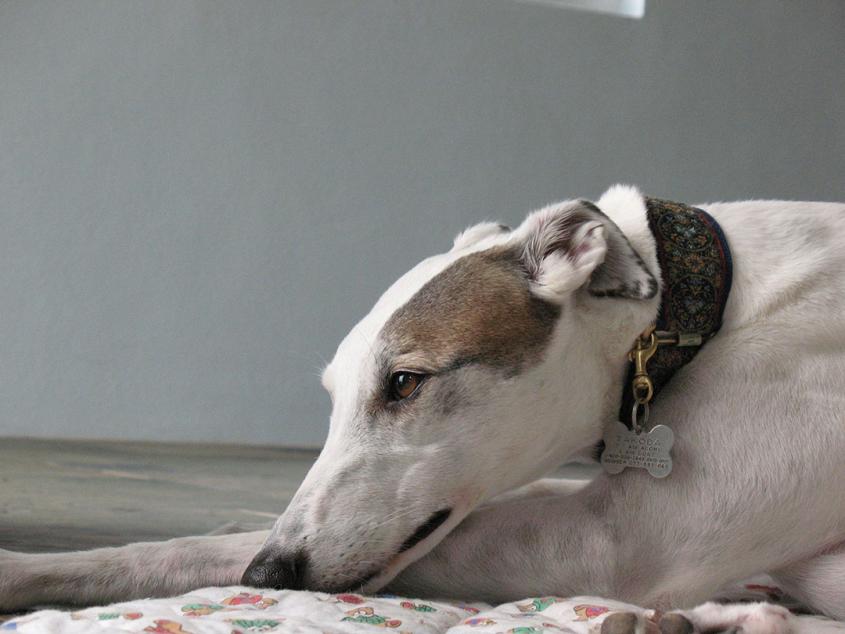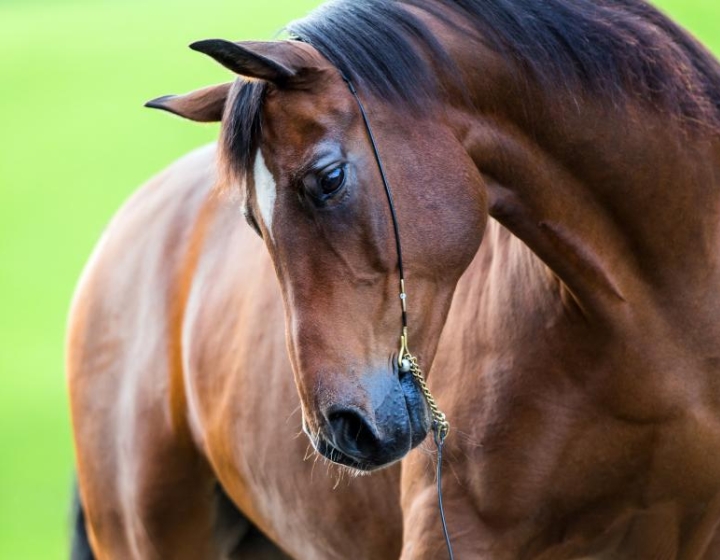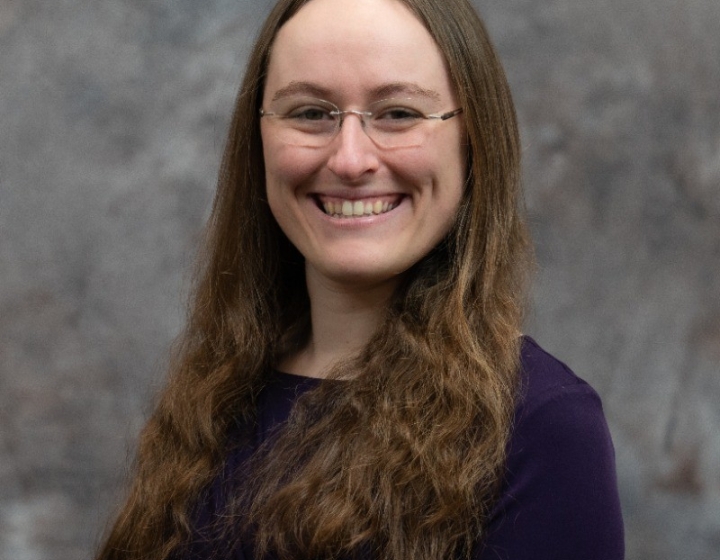In the genes: Janet L. Swanson traces love of animals back to her roots
When Janet L. Swanson was seven years old, she and her family moved from their Newark, N.J. duplex to a house in Maplewood with a fenced-in yard. This was a deliberate choice by her parents, she says, though at seven she couldn’t imagine why a fence would prove so important.
The answer — Duchess, their first dog, an immediately loyal and loving member of the family.
“Clearly that was my parents’ plan,” says Swanson, “and we absolutely adored her.”
Swanson’s parents found Duchess by reading a newspaper ad. Her former owner was moving and couldn’t keep her, but her new home in Maplewood welcomed her with open arms. Immediately Swanson noticed her dedication and intuition. When Swanson’s younger brother was born, Duchess stayed glued to his side. When her mother once interviewed a woman to do some work for the family, Duchess barked at her so much that she decided to trust her dog’s instinct. “My mother said, ‘I’m sorry, I can’t hire you if my dog doesn’t like you,’” says Swanson, “and that was the end of that.”
Swanson’s involvement with the College of Veterinary Medicine came almost as an accident, and it was her love of animals that brought her there. Years ago, when she and her husband John were on campus for the dedication of Duffield Hall, Swanson decided she wanted to explore. When a staff member asked her what she’d like to see, she answered, “I hear you have a vet school.” She recalls it as the beginning of an important relationship, and as for those words, “I think they should probably be on a plaque somewhere.”
Since those days, she’s brought various family pets to the Cornell University Hospital for Animals. “I’ve brought cats up here,” she says, “I’ve brought dogs up here.” Although her visits to Ithaca often coincided with the check-up needs for her animals, it was an unrelated visit in Florida that led to a diagnosis for Takoda, her beloved retired racing greyhound.

A new member of the family
Greyhounds who race often don’t enjoy a long career. In this way Takoda was fortunate — his career was long because he ran in the money more often than not. However, “a racing greyhound’s life is only as good as the people around him,” says Swanson, and once Takoda’s usefulness to the people around him ceased, so did any careful attention to his welfare.
In Takoda’s last race, he was bumped by another dog and fell, breaking his leg. “That immediately made him a worthless commodity,” says Swanson. “The trainer wanted him put down.”
Luckily, the trainer was forced to adhere to the law requiring an owner’s permission to take any such action. Even so, it took four days to locate the owner, during which time Takoda received no medical attention to his broken leg. Although the owner wanted the dog put into adoption, he was unwilling to pay more than a nominal amount for the $2,000 operation needed. After that, the greyhound rescue group that took in Takoda was forced to meet the rest of the costs by their own fundraising.
Enter the Swansons: “He was almost four when he came to us,” she says, “which is a long racing career for a greyhound, and he spent the next 10 years with us.”
The greyhound rescue decided the Swanson home would be a good fit for Takoda’s needs, given “the kind of family we had and our mix of animals.” Soon Takoda became a permanent member of the family, a pet to be loved rather than raced.
Takoda’s Run

Takoda spent the next ten years as a beloved family member. For a dog in his teens (and many more in dog-years!) he seemed in fairly good shape. Michael Kotlikoff, however, dean at the time, noticed something was off, even though Takoda recently had a check-up with his local veterinarian.
Kotlikoff is university provost and served as the Austin O. Hooey Dean of Veterinary Medicine from 2007-2015. He and Swanson became good friends, which was why Kotlikoff and his wife, senior lecturer and foundation course leader at the college Carolyn McDaniel, visited the Swanson home in Florida while there for a veterinary conference. He noticed something in Takoda that worried him: early symptoms of peripheral neuropathy.
His on-site diagnosis proved correct, and Takoda entered treatment shortly thereafter for a condition that would affect his nerves, beginning with his hind legs.
At the same time, big changes were already underway at the College of Veterinary Medicine. Kotlikoff was advocating for and planning the college’s class expansion project, which was part of the State of New York’s Southern Tier Soaring plan, the region’s blueprint to generating economic growth and community development. The state government has invested more than $4.6 billion in the region since 2012 to lay the groundwork for the plan. Through the $91.5 million Cornell project, Kotlikoff aimed to fulfill key goals for the college, including allowing it to expand its capacity to enroll more students, updating teaching spaces, improving navigation pathways through the college’s many facilities, as well as shaping a unique visual identity for a college that sits on the far east side of campus.
Among the most notable renovated spaces is the soaring atrium in Schurman Hall. It’s used for informal meetings, gatherings, and open-concept study spots. The bright colors and high ceilings have made it an instant hub for the college. When Swanson saw the space, her mind went in a more playful direction.
“I thought to myself, what a great dog run that would be!” she says.
From there, the naming was simple. Instead of placing her own name on the building, Swanson wanted to recognize the greyhound who meant so much to her, and decided to name the beautiful new atrium in his honor: Takoda’s Run.

Generosity in the genes
Takoda’s Run is only the latest in a series of generous gifts that the Swanson family has made to advance work done at the college.
“Cornell has had a great impact on my life,” says John Swanson, who graduated from the College of Engineering with both his bachelor and master degrees. “I see it as our job to help students here if we can.”
In addition to this recent act of generosity during the class expansion project as well as gifts to the entire Cornell community, they have also provided for the Janet L. Swanson Wildlife Health Center, the college’s hospital dedicated solely to the treatment of ill or injured native wild animals. The center provides expert medical and surgical care for over 1,000 patients annually, from locally and across the state of New York, with the goal of releasing them back to the wild. Moreover, Janet Swanson supports the Maddie’s ® Shelter Medicine Program at Cornell through an endowed directorship and internship. The Swansons have also provided for two scholarships in addition to the expansion of imaging services through a new MRI and CT for the Cornell University Hospital for Animals.
“My passion for animals, I think, must be genetic,” she says.
She traces this back to Duchess, to the passion demonstrated by her mother and father toward caring for animals. She recalls a visit from her mother in the early days of her time living in Arizona: “Her first words were, ‘You don’t have any pets here! Why don’t you go to the humane society and find someone?’” That love, the trust that adding a pet to the house means adding a family member, clearly comes hard-wired in the soul.
“I have no other explanation for it.”
By Melanie Greaver Cordova





